Presence of scars on the lung tissue is in medical terms described as scarring of the lungs. Scars on the lungs are usually permanent, but human lungs can function properly and without any problems, if these are only minor scars.
Causes and Consequences of Lung Scars
Lung tissue can have different types of scars, such as calcified scars, granulomas or some other. This condition can be provoked by lung infections or pneumonia.
Granuloma scarring is usually a consequence of some lung infection and it is not normally found to be harmful. However, untreated granuloma scars may form calcified scarring and these can damage the lungs and the body. Pneumonia is also known to cause scarring of the lungs, especially calcified scars. This usually affects older people (40 to 50 years of age). Another possible cause of scars on the lung tissue is the accumulation of some foreign material that doesn’t suit the body.
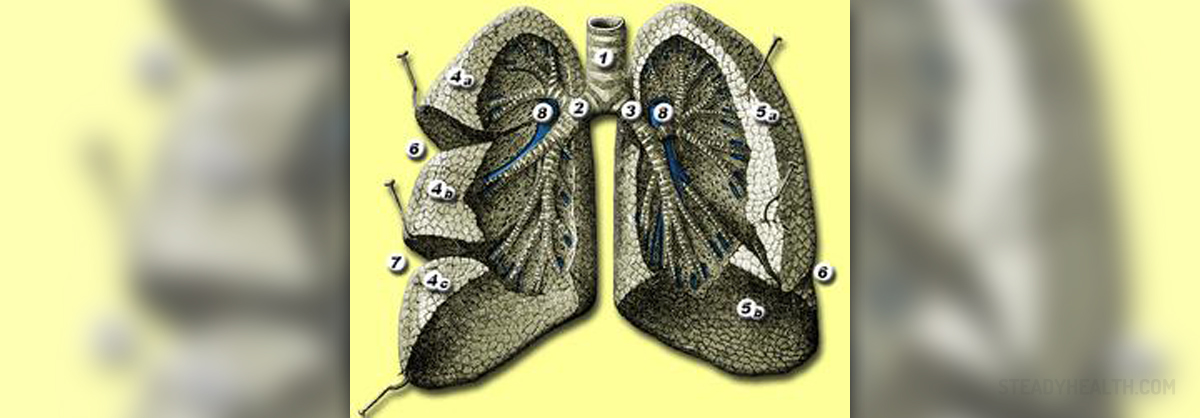
Lung scars may cause the replacement of normal lung tissue with fibrous tissue. This usually results in breathing problems, related to the severity of the lung scarring. More severe scars on the lungs lead to more difficult breathing. Scarred lungs are not functional like normal healthy lungs and in some serious cases, this problem may permanently affect the transportation of oxygen to the lung tissue.
Scarring of Lungs – Symptoms
Patients suffering from lung scarring usually experience cough, chest pains, lack of breath, wheezing, as well as exhaustion, weight loss, and clubbing. Many people diagnosed with this problem experiences night sweating, chills, and inflammation of the lungs. If you happen to suffer from any or some of these symptoms, it is best to consult your doctor and get checked, to avoid any unnecessary complications.
Scarring of the lungs often results in coughing. In the early stages of lung scarring, the cough is mild, but after some time, this symptom may progress and become more severe. Chest pains are also frequently reported in patients with lung scarring and they can be associated with chest discomfort in some cases.
Breathing Problems and Physical Discomfort
Breathlessness is also milder in the initial stages of lung scarring, but it gets worse over time. Scarred lungs may provoke wheezing as well, especially while the person talks, walks or climbs the stairs.
Scarring of the lungs decreases the amount of oxygen in the blood and this can result in tiredness and exhaustion in some patients. Physical discomfort, loss of appetite and weight loss are also commonly seen in these patients. Some people could develop bulbs or clubs at the tips of their fingers, as a result of scars on the lung tissue.
- It looks at the safety and efficacy of using a novel cell therapy treatment to reverse lung fibrosis using the body’s own cells (monocytes and macrophages) which are engineered in the laboratory to have anti-fibrotic properties. With their name derived from Greek - where ‘macro’ means large, and ‘phage’ means eating, - macrophages are a type of white blood cell with the power to devour cellular and excess scar tissue formed in injured lungs as they heal during acute COVID-19 infection.
- Lung scarring causes a significant decline in lung function, a long term debilitating reduction in exercise capacity and reduced quality of life in these patients.
- Five patients with fibrotic lung disease following recovery from COVID-19, were the first people in the world to receive the experimental cell therapy treatment within the NIHR Clinical Research Facility (CRF) at Guy’s Hospital.






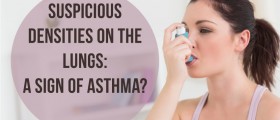
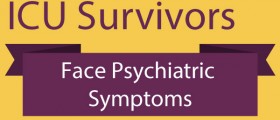
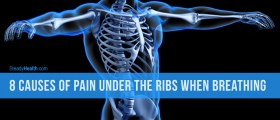

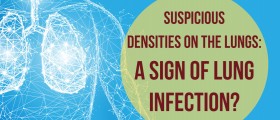
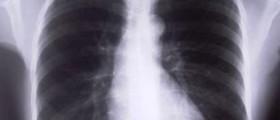


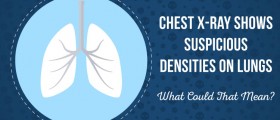
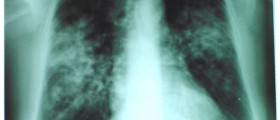
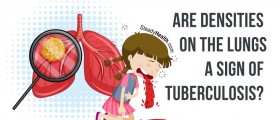
Your thoughts on this
Loading...